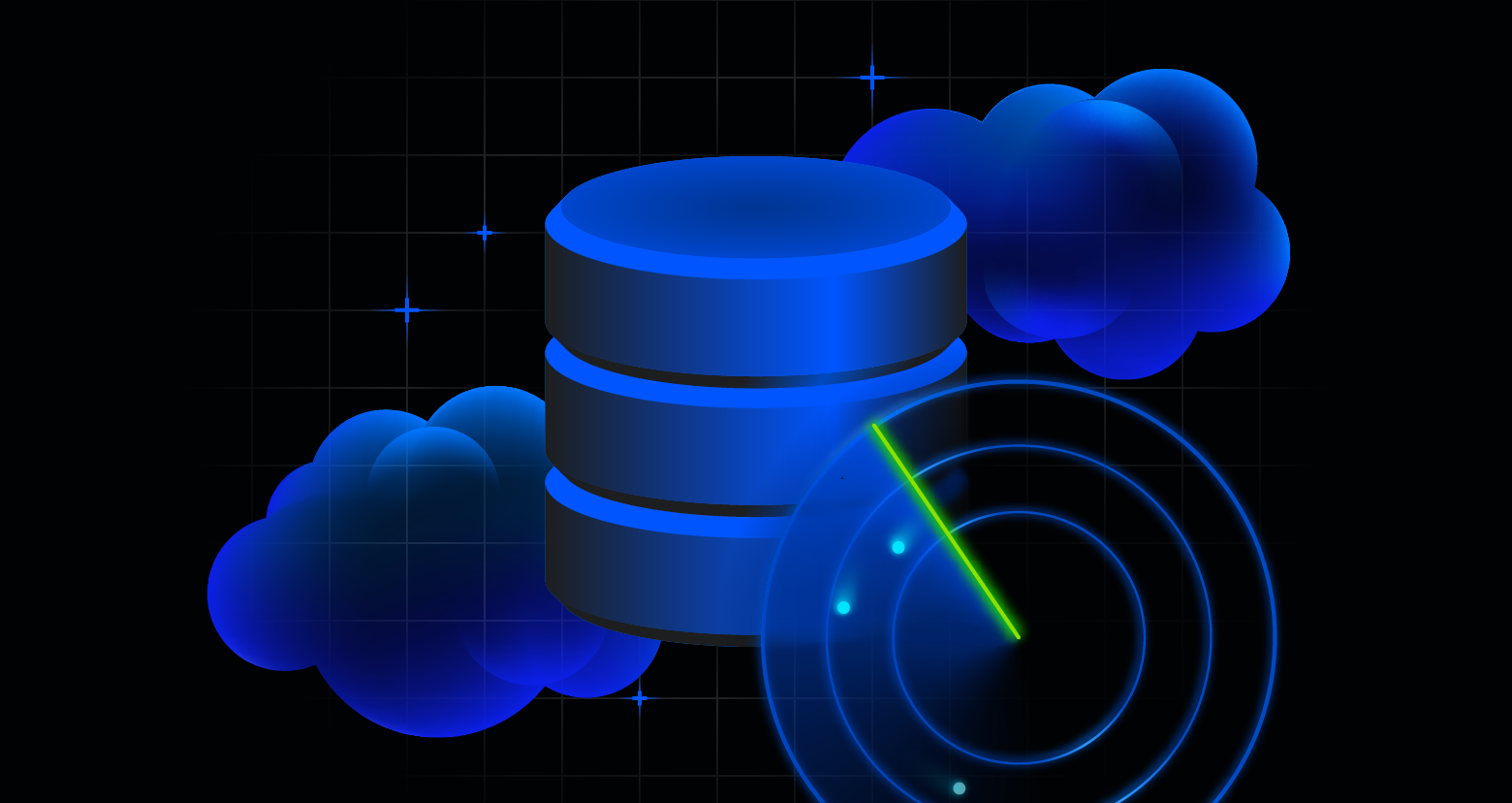Salesforce environments are full of sensitive data that needs to be managed effectively. But with so many stakeholders and users needing to access different data constantly, the risk of a security breach is heightened. When it comes to cybersecurity, data is everything. It’s your most valuable asset, and also your most regulated and most targeted.
Varonis and experts from Salesforce recently explored how organizations can better secure their environments to reduce risk, simplify governance, and ensure compliance.
In this article, we’ll share five key Salesforce security takeaways from the discussion, and dive into how you can ensure your organization’s Salesforce data is secure.
Start Simple
Securing your Salesforce instance begins with a simple, focused approach. It’s essential to tighten up your Salesforce security to minimize risk and ensure strong governance. While Salesforce offers a wide array of configuration options that can feel overwhelming at first, starting with foundational steps like IP allow listing and implementing Single Sign-On (SSO) can make a significant difference.
According to Babar Khan, a Distinguished Security Architect at Salesforce, prioritizing these basics and executing them correctly will set the stage for maturing your Salesforce security over time.
Monitor the access your AI agents have
When you start deploying AI agents that have immense access to your organization’s data, the impact from a cyberattack can be significant.
Organizations that avoid monitoring an AI agent’s access risk the agents inadvertently or maliciously accessing, modifying or exfiltrating sensitive data. To mitigate these risks, organizations need a strong monitoring solution to track AI agent behavior and access regularly.
Establish a solid security strategy
A strong security posture is fundamental to an effective overall security strategy for your Salesforce environment.
The first step in strengthening your security posture is to identify vulnerabilities within your tenant, allowing you to understand where risks may exist. Once these vulnerabilities are identified, it’s crucial to establish dynamic policies that adapt in real time, rather than relying on static, one-size-fits-all rules for access. This proactive approach helps flag risks before they escalate into problems.
Finally, refining your processes around investigations and exposure ensures that your day-to-day security operations remain robust and responsive, making your organization’s ability to safeguard sensitive data and respond to emerging threats much stronger.
Understand how your users are using Salesforce
Most Salesforce teams are unaware of the sheer scale of sensitive data present in their tenant.
Users are also not as focused on the underlying security controls; they are primarily concerned with completing their tasks. If security hurdles slow down their workflow, these users may circumvent security, opening the door to greater risk.
Large amounts of sensitive data are difficult to discover and classify manually, so it’s imperative that organizations automate least privilege to limit over-permissioned users at scale.
Automatically monitor user behavior
Monitoring user behavior is key to protecting the data in your Salesforce tenant.
Say for example, a user logs into an account twice, seconds apart from each other from opposite sides of the world. Then they abnormally access sensitive data and download it. Using data-centric UEBA, you can receive alerts on unusual behavior and can automatically lock down access before any massive damage occurs.
How Varonis secures Salesforce
Safeguarding sensitive data starts with visibility — knowing where your information lives, who can access it, and how it’s being used. That includes your Salesforce environment.
Varonis brings essential data security capabilities together in one platform, protecting Salesforce and other leading SaaS applications like Google Drive, Box, Zoom, Okta, GitHub, Jira, Slack, and more.
Our free Salesforce risk assessment takes minutes to set up and delivers immediate value. In less than 24 hours, you’ll have a clear, risk-based view of the data that matters most and a clear path to automated remediation. Want to uncover potential risks in your SaaS environment? Take a free Data Risk Assessment today.
What should I do now?
Below are three ways you can continue your journey to reduce data risk at your company:
Schedule a demo with us to see Varonis in action. We'll personalize the session to your org's data security needs and answer any questions.
See a sample of our Data Risk Assessment and learn the risks that could be lingering in your environment. Varonis' DRA is completely free and offers a clear path to automated remediation.
Follow us on LinkedIn, YouTube, and X (Twitter) for bite-sized insights on all things data security, including DSPM, threat detection, AI security, and more.







